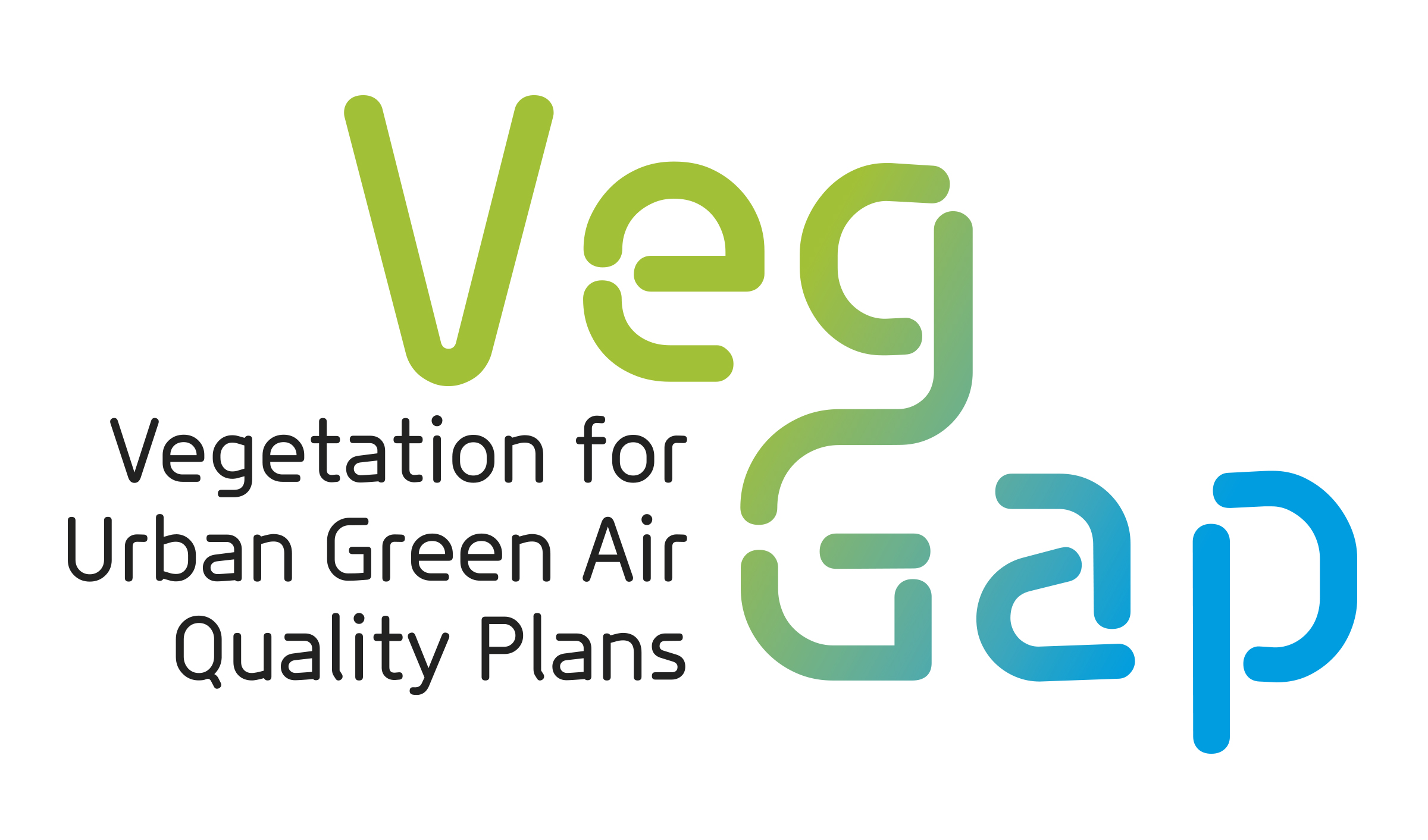The city of
Prato will re-naturalize some neighborhoods in a sustainable and socially
inclusive way through the development of urban jungles. In the Tuscan city, areas of high residential
and building density will therefore be redesigned in a green key, using the
natural ability of plants to reduce the presence of polluting substances, to
restore soil and space for use by the community, and to transform the marginal
areas into real green hubs.
"Urban Jungle",
this is the name of the project, will be co-designed with the help of citizens,
through a shared urban planning facilitated by the use of digital platforms,
which will open the management to the community.
The project is co-financed by the European Regional
Development Fund (ERDF), through the Urban Innovative Actions programme (the
project won the call in 2019), with a financial contribution of almost 4
million euros. Urban Jungles is the result of the collaboration between realities
engaged in research about plants, design, urban planning, communication, and
coordinated by the Municipality of Prato. The general project bears the
prestigious signature of Stefano Boeri's architectural firm and, among the main partners, there is also Pnat (Project Nature), a spin off of the
University of Florence, which can count on the experiments carried out in one
of the most important research centers about plants in the world, the
International Laboratory of Plant Neurobiology (LINV), under the direction of
the esteemed scientist Stefano Mancuso, who is also co-founder of Pnat.
The regeneration with green areas will concern urban
architectural elements that belong to the collective memory and identity of the
city, for example old industrial buildings, surroundings of social houses,
historic buildings, etc …
Three pilot areas in particular. The first is the
ESTRA building and its surroundings, located in a complex urban area
overlooking the busiest public street in the city, with the daily passage of
50,000 vehicles. The second area is located in an high population density area
characterized by the presence of social housing and, sometimes, by situations
of social marginality. In particular, the experimentation will concern a very
complex building consisting of 152 apartments inhabited by about 500 people.
The third area will be in Macrolotto 0, the historic district of the city
characterized by underused spaces, in the vicinity of Macrolotto Creative
District. A building has been identified there, that will be used for the
city's new metropolitan market.
Prato already boasts the presence of over 29,000 trees
of public property, which improve city's avenues, streets and parks. The
project aims to bring environmental, ecological, economic and social benefits,
improve the health, life quality, well-being and safety of citizens, in
particular among the less privileged social classes.
The proposed solution integrates radical innovations
that have never been used or tested before in the city. The main innovation
lies, indeed, in the concept of Urban Jungle, which goes beyond the traditional
concept of urban forestry. In fact, vegetation can colonise the targets by
“placing” the greenery on as many surfaces/spaces as possible, as close as
possible to the place where critical issues are detected (for example, heat
island, pollution, or the need to create socially useful and usable spaces).


